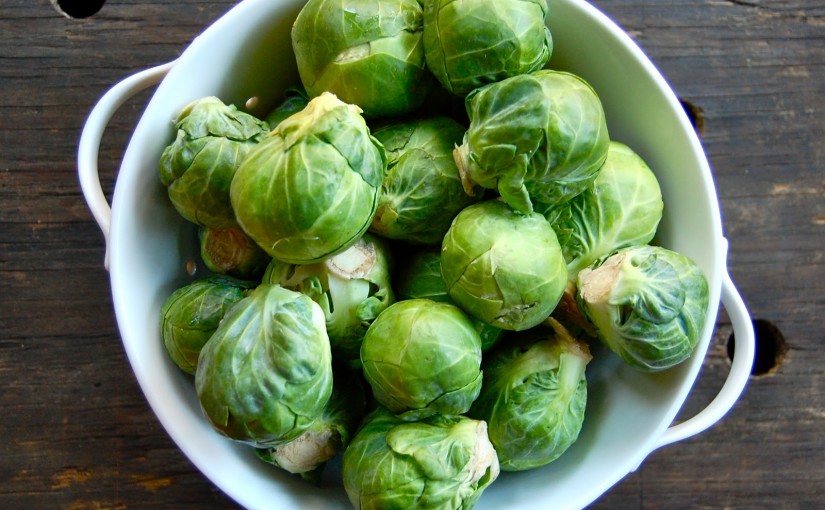
In NY, we have very dynamic seasons. This means that different produce grows at different times, depending on the weather. In the summer we get beautiful berries and stone fruit, and in the fall we have all types of squash, broccoli, cauliflower, Brussels sprouts, apples, pears and sweet potato at the market. Some veggies like kale tend to grow year round (woohoo!). These are some photos of local fall produce here in NYC. We have kohlrabi, peppers, romanesco (it’s a variety of broccoli), pears, pumpkin, Brussel sprouts and squash.
So, why eat in season? Do you ever notice that the foods you crave are different depending on the weather? Our body is always looking to be in a state of balance. If it’s cold out, our bodies often want more warming and heavier foods. It’s kinda like we are preparing for hibernation in the winter. After all, we are animals, too. And in the summer, we want light foods that are less cooked and help keep us cool. If we eat the foods that grow naturally in our region, we will naturally follow this pattern since plants also grow according to the weather.
Eating in season is just one dietary theory and it’s not for everyone. But I find that I feel more in harmony with the earth and connected to my environment when I eat in season. Other benefits of eating in season include:
1. It’s a great way to support small local farmers.
2. Local produce is more nutritious because it was harvested more recently.
3. It’s better for the environment – most produce in the grocery stores travels by boat, plane or long distances in trucks to get to our grocery stores. When you buy local produce, the farm is usually within 150 miles.
4. Local produce can be less expensive since the shipping and fuel costs are way less.
Here are 3 steps you can take to eat in season:
1. Stop by your local farmers’ market.
2. Look for signs that say “local” in your grocery store.
3. Check out either of these handy guides to see what is in season in your area.





